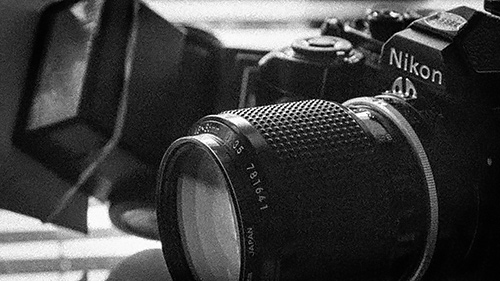Photo Corners headlinesarchivemikepasini.com
![]()
A S C R A P B O O K O F S O L U T I O N S F O R T H E P H O T O G R A P H E R
![]()
Enhancing the enjoyment of taking pictures with news that matters, features that entertain and images that delight. Published frequently.
The Paparazzo Story




30 November 2018
We were minding our own business the other day, leafing through the memoirs of an Italian scriptwriter from the 1950s whose work we very much admire, when we came upon his telling of how the paparazzo got his name.

Sure, a quick Google search will reveal almost all. The word comes from the name of the character who played a photographer in the Federico Fellini movie La Dolce Vita, in short.
That may be the fact of the matter but it isn't much of a story.
So we thought we'd do what no one else has done. Quote the original source. That would be Ennio Flaiano, who helped write the story and the script for La Dolce Vita and remembered the ordeal in his memoir The Via Veneto Papers.
June 1958
A society as troubled as ours which expresses its frigid will to live more by exhibiting itself than by truly enjoying life, deserves its petulant photographers. Via Veneto has been invaded by these photographers. And our film will have one of its own, the invisible companion of the protagonist. Fellini has this character very clearly in his mind, he is acquainted with the real-life model: a news agency reporter, about whom he tells me a passably atrocious story....
Now we will have to give this photographer an exemplary name, because the right name helps a great deal and indicates that the character will "live on." These semantic affinities between character and their names drove Flaubert to despair. He spent two years finding Madame Bovary's first name, Emma. For this photographer of ours we don't know what to make up until, stumbling upon that golden little book of George Gissing's titled By the Ionian Sea, we discover the prestigious name "Paparazzo." The photographer will be called Paparazzo. He will never know that he bears the honored name of a hotel keeper from somewhere in Calabria, about whom Gissing speaks with gratitude and admiration. But names have a destiny of their own.
Oh, sorry about skipping that "passably atrocious story" but Flaiano, being a scriptwriter, went on at length to tell it. Perhaps he was being paid by the word.
The short -- and modern -- version would be that the guy Fellini knew had bungled a big job, the funeral of "a well-known figure who had been the victim of a terrible accident." The job was to get a shot of his weeping widow.
He took the photos all right but exposed the film before it could be processed. His boss gave him two hours to come up with something or lose his job. (Wouldn't you love to know the name of that boss, names having a destiny of their own?)
So the poor guy runs to the widow's house, finds her at home just returned from the cemetery and pleads his case, adding (for effect) he'd just become engaged to be married because he had gotten this job he was about to lose.
"The poor lady wanted to chase him away: you may imagine that after having wept so earnestly and for such a long time she was in no mood for comedy," Flaiano writes.
But the photographer gets on his knees and begs her and, with "the noose of compassion once around her neck," she "ends up getting photographed weeping on the matrimonial bed, at her husband's writing desk, in the front room, in the kitchen."
And so the race survived -- by whatever name history has kindly obscured.